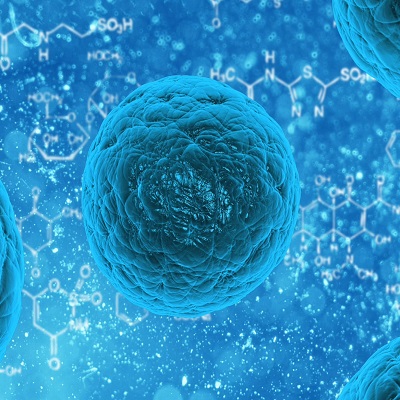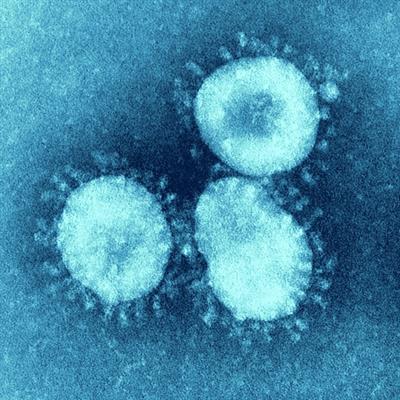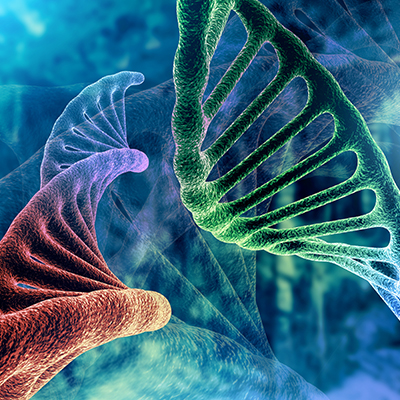November 4, 2022 -- Osaka University researchers used artificial intelligence (AI) to streamline enzyme engineering, potentially improving enzyme suitability for custom purposes including pharmaceutical production. The study, published November 2 in the journal ACS Synthetic Biology, imparts a new level of adaptability to enzymes.
Enzymes, enabled by their constituent amino acids' unique arrangements, perform impressive functions, but usually within specific cellular environments. When cellular environments change, enzymes rarely function well -- if at all.
AI tools can minimize the trial-and-error traditionally involved in retaining or improving enzyme function within different environments. However, the technology relies on experimentally-obtained and sometimes unavailable crystal enzyme structures, so finding pertinent amino acid mutations within enzymes has involved guesswork.
Instead, researchers devised a method of ranking amino acids that depended solely on the widely available amino acid sequences of analogous living species' enzymes. By identifying amino acid sequences that remained unchanged over the course of evolution, they identified specific amino acid mutations that were adaptations to different cellular conditions in different species.
They focused on the amino acids involved in the malic enzyme's specificity to the substrate molecule that it transforms, and to the cofactor substance that helps this transformation proceed, reconfiguring the enzyme's cofactor preference without altering its function. Future advances in enzyme engineering may benefit fields requiring enzyme versatility within different biochemical environments, including bioremediation.
"By using artificial intelligence, we identified unexpected amino acid residues in malic enzyme that correspond to the enzyme's use of different redox cofactors," co-senior author Hiroshi Shimizu, PhD, an Osaka University professor, said in a statement. "This helped us understand the substrate specificity mechanism of the enzyme and will facilitate optimal engineering of the enzyme in laboratories."
Copyright © 2022 scienceboard.net









